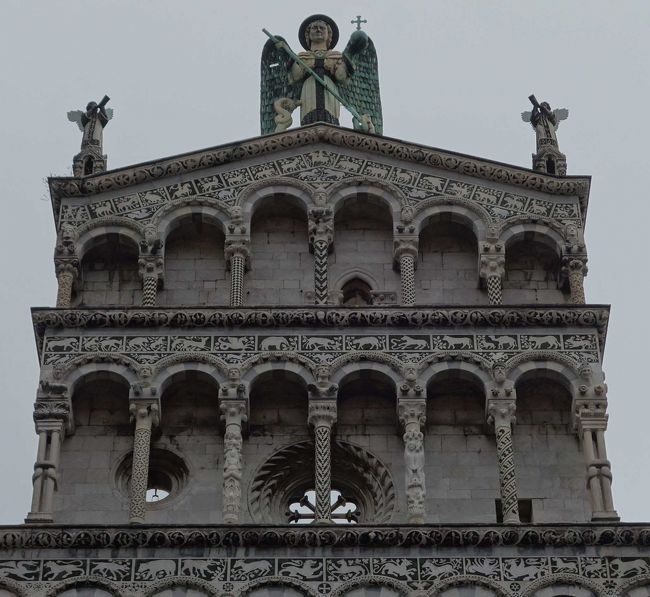
2019/10/31 - 2019/10/31
50位(同エリア80件中)
![]()
nomonomoさん
- nomonomoさんTOP
- 旅行記5305冊
- クチコミ9084件
- Q&A回答332件
- 6,524,075アクセス
- フォロワー104人
この旅行記のスケジュール
2019/11/30
この旅行記スケジュールを元に
Lucca
- 旅行の満足度
- 4.0
- 交通手段
- 徒歩
- 旅行の手配内容
- 個別手配
-
ドゥオーモから街中へ歩きます。
ドゥオーモ (ルッカ) 寺院・教会
-
今日はハレの日。
-
鐘楼が見えてきました。
-
歴史的な街ですね。サン・ミケーレ広場に来ました。
サン ミケーレ広場 広場・公園
-
サン・ミケーレ・イン・フォロ教会に来ました。
アンドレア・デッラ・ロッビアの「聖母子像」が必見です。 by nomonomoさんサン ミケーレ イン フォロ教会 寺院・教会
-
サン・ミケーレ広場に建っています。
-
ピサ・ルッカ様式のロマネスク風の建物です。
-
ドゥオーモとおなじ形式のファサードです。
-
下に大きなアーチが並び,その上に4層の敷いたなアーチが載っています。
-
こまかいレリーフの装飾が特徴的です。
-
アンドレア・デッラ・ロッビア。
-
Andrea della Robbia, Madonna con Bambino.
-
聖母子像です。
-
ほかにも。
-
フィリッポ・リッピの作品かな。
-
説明が書いてあります。
読んでみましょう。
SS. ROCCO, SEBASTIANO, GIROLAMO ED ELENA di Filippino Lippi (seconda parte) -
第一段。
Accanto ai due santi della carità cristiana Filippino Lippi ha dipinto un dottore della Chiesa: S. Girolamo nacque nel 347 a Stridone (oggi in Croazia), si trasferì a Roma per completare gli studi e da lì a Treviri dove conobbe l'anacoresi egiziana diffusa da S. Atanasio. Giunto in Oriente si ritirò a vivere nel deserto siriano di Calcide, dove secondo la leggenda curò un leone che aveva una spina in una zampa e che da allora lo seguiva. Deluso dalle diatribe sorte tra gli eremiti andò ad Antiochia dove fu eletto presbitero e poi nel 378 a Costantinopoli dove perfeziono lo studio del greco presso Gregorio di Nazianzo, uno dei Padri Cappadoci a cui sì devono i maggiori contributi alla definizione della trinità nella versione definitiva del Simbolo Niceno (il Credo). Nel 382 andò a Roma dove divenne il segretario di papa Damaso e padre spirituale di un gruppo di donne che si dedicavano alla vita ascetica. Alla morte del papa si ritirò in Oriente e fondò a Betlemme un monastero maschile e uno femminile dove visse fino alla morte nel 420 dedicandosi allo studio della Bibbia e alla sua traduzione dal greco e l'ebraico al latino, realizzando dopo 23 anni di impegno "la Vulgata", la bibbia in latino, in gran parte utilizzata fino al Concilio Vaticano II. -
英訳。
Alongside the two saints of Christian charity Filippino Lippi painted a doctor of the Church: S. Girolamo was born in 347 in Stridone (now in Croatia), he moved to Rome to complete his studies and from there to Trier where he met the widespread Egyptian anamorite from St. Athanasius. Arriving in the East he retired to live in the Syrian desert of Chalcis, where according to legend he treated a lion who had a thorn in a leg and who had followed him ever since. Disappointed by the diatribes that arose among the hermits he went to Antioch where he was elected presbyter and then in 378 in Constantinople where he perfected the study of Greek at Gregory of Nazianzus, one of the Cappadocian Fathers to whom they owe the greatest contributions to the definition of the trinity in the final version of Nicene symbol (the Creed). In 382 he went to Rome where he became the secretary of Pope Damasus and spiritual father of a group of women who dedicated themselves to the ascetic life. On the death of the Pope he retired to the East and founded in Bethlehem a male and a female monastery where he lived until his death in 420, devoting himself to the study of the Bible and its translation from Greek and Hebrew to Latin, realizing after 23 years of commitment " the Vulgate ", the Bible in Latin, mostly used until the Second Vatican Council. -
つづき。
L'artista lo raffigura come un uomo anziano che indossa la veste cardinalizia con un leone che si affaccia timoroso al suo fianco mano tiene la Bibbia, al cui studio e traduzione ha dedicato tutta la vita, convinto che la Parola debba essere il centro della vita di un cristiano.
The artist depicts him as an old man wearing the cardinal's robe with a lion who looks fearfully at his side holding the Bible, to whose study and translation he has dedicated his whole life, convinced that the Word must be the center of life of a Christian. -
つづき。
Accanto a lui si trova S. Elena, madre dell'imperatore Costantino: di umili origini, nacque intorno al 248 in Bitinia, remota provincia dell'Impero sulle sponde del Mar Nero, dove conobbe il tribuno Costanzo Cloro da cui nel 274 ebbe Costantino. Fu ripudiata dal marito che per diventare Cesare, una sorta di vice-imperatore, dovette sposare la figliastra dell'imperatore Massimiano e visse lontano dalla corte imperiale. Quando fu eletto imperatore il figlio che era molto legato a lei fu ricompensata con molti onori e il titolo di Augusta. Lei, fervente cristiana era solita durante le funzioni mescolarsi agli altri fedeli vestendosi umilmente, aiutava i poveri, che spesso invitava a pranzo nel suo palazzo e serviva personalmente. Nel 327-28 compì un pellegrinaggio in Terra Santa per cercare i luoghi dove aveva vissuto Gesù. Durante questo viaggio fondò le basiliche della Natività a Betlemme e dell'Ascensione sul Monte degli Ulivi e rinvenne la vera Croce di Cristo. Qui viene raffigurata avvolta in una veste bianca con sopra un mantello azzurro; in capo un acconciatura raffinata e il velo che scende a coprire le mani che tengono la croce.
Next to him is St. Helena, mother of Emperor Constantine: of humble origins, he was born around 248 in Bithynia, a remote province of the Empire on the shores of the Black Sea, where he met the tribune Costanzo Cloro, from whom Constantine had in 274. She was repudiated by her husband who, to become Caesar, a sort of vice-emperor, had to marry the stepdaughter of Emperor Maximian and lived far from the imperial court. When he was elected emperor the son who was very close to her was rewarded with many honors and the title of Augusta. She, a fervent Christian, used to mingle with other faithful during her duties, humbly dressing, helping the poor, who often invited her to lunch in her palace and personally served. In 327-28 he made a pilgrimage to the Holy Land to search for the places where Jesus had lived. During this journey he founded the basilicas of the Nativity in Bethlehem and of the Ascension on the Mount of Olives and found the true Cross of Christ. Here it is depicted wrapped in a white robe with a blue cloak over it; in the head a refined hairstyle and the veil that goes down to cover the hands holding the cross. -
つづき。
Ai due santi della carità cristiana si affiancano dunque i santi che rimandano al fondamento della vita di un cristiano la Parola e la Croce.
Therefore, the saints who send the Word and the Cross to the foundation of the life of a Christian are placed side by side to the two saints of Christian charity. -
つづき。
Si riconosce nello stile del giovane Filippino l'apprendistato presso il Botticelli, da cui riprende l'uso delle linee e la raffinata grafia, e dimostra tutta la sua eccezionale perizia tecnica nella rappresentazione del velo di Elena. Filippino porta nel quadro un inquietudine particolare che traspare nelle mani dei santi, che si muovono nervose in pose contratte. I santi sono disposti a diverse profondità e non comunicano tra loro ne guardano verso l'osservatore, ognuno ha un'espressione malinconica ed è immerso nella meditazione. Ironicamente l'unico che è rivolto verso l'osservatore è il leone. L'elegante malinconia dei santi, che si stagliano su uno sfondo scuro, con rocce e alberi, è rischiarata dal caldo tramonto che si vede sulla destra.
One recognizes in the style of the young Filippino the apprenticeship at Botticelli, from which he takes up the use of the lines and the refined handwriting, and demonstrates all his exceptional technical expertise in the representation of Elena's veil. Filippino brings to the painting a particular uneasiness that appears in the hands of the saints, who move nervously in contracted poses. The saints are placed at different depths and do not communicate with each other, they look towards the observer, everyone has a melancholy expression and is immersed in meditation. Ironically the only one facing the observer is the lion. The elegant melancholy of the saints, which stand out against a dark background, with rocks and trees, is lit by the warm sunset you see on the right. -
わかりましたか。
-
説明が細かすぎますね。
-
さあ,街歩きは続きます。
時計塔 建造物
利用規約に違反している投稿は、報告する事ができます。
旅行記グループ
ノルウェージャン・エピック西地中海クルーズ
-
前の旅行記
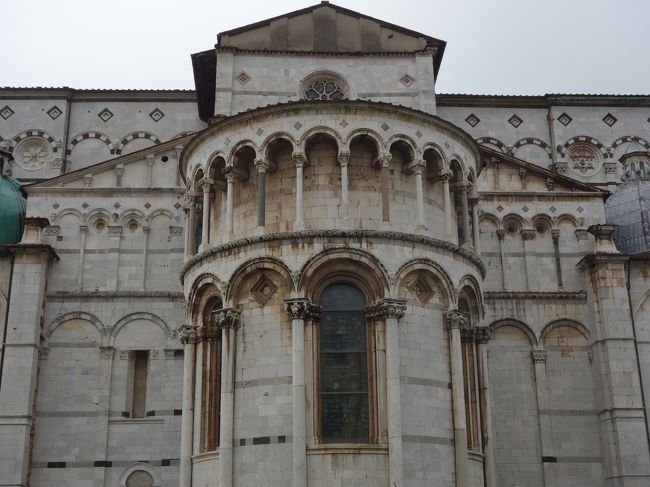
Lucca では,まず,ドゥオーモを目指す。
2019/10/31~
ルッカ
-
次の旅行記
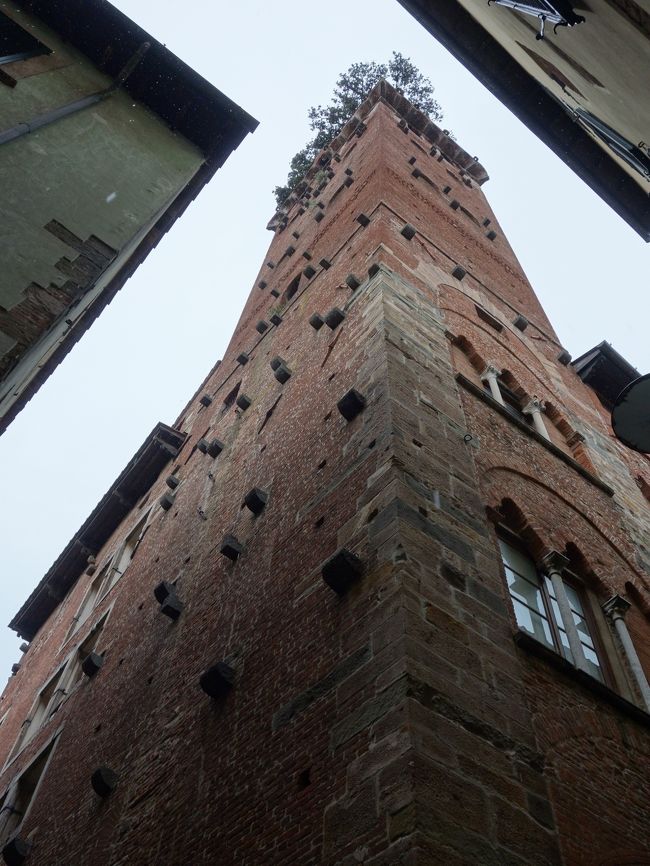
Lucca では、塔に登りたかったのですが、あいにくの雨で、割愛。
2019/10/31~
ルッカ
-

Norwegian Epic で地中海クルーズ。(総集編)
2019/10/27~
バルセロナ
-
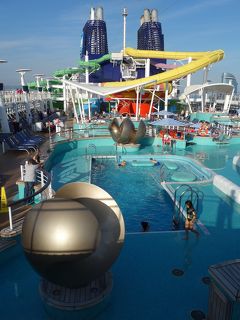
Norwegian Epic の船内探検(1)。カジュアル船です。アメリカ文化そのものです。
2019/10/28~
カプリ島
-
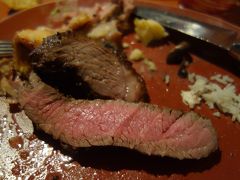
Norwegian Epic の船内探検(2)。食事は良かったり、イマイチだったり。
2019/10/28~
ポンペイ
-

Norwegian Epic の船内探検(3)。カフェテリアは中国語が飛び交っていた。
2019/10/28~
フィレンツェ
-
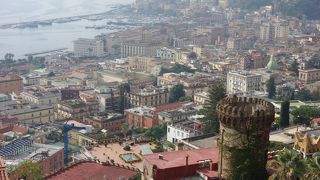
ナポリにきたら高いところに上りましょう。フニクラでヴォメロの丘へ。
2019/10/29~
ナポリ
-
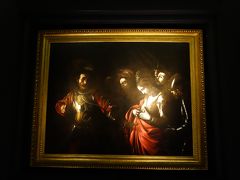
カラヴァッジョ最後期の作品を見る。魂の深さに感動する。
2019/10/29~
ナポリ
-

サンタ・キアーラ教会の回廊・庭園を見る。陶板タイルの装飾がうつくしい。
2019/10/29~
ナポリ
-
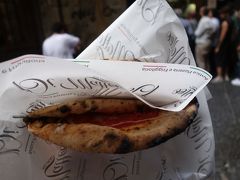
ナポリのランチは,もちろん,ナポリ・ピザ。ダ・ミケーレまで歩いていったのですが。。。。
2019/10/29~
ナポリ
-
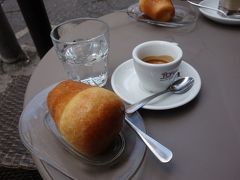
ナポリにきたら,ババをいただきましょう。ババ抜き,ではナポリに来たことになりません。
2019/10/29~
ナポリ
-

トレド通りを歩く。ナポリの王道です。
2019/10/29~
ナポリ
-
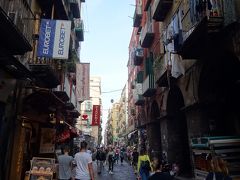
スパッカ・ナポリを歩く。ナポリの下町です。
2019/10/29~
ナポリ
-
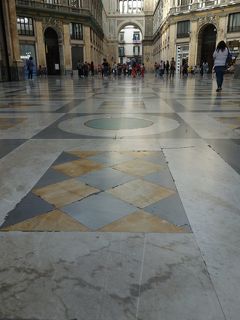
ウンベルト1世のギャッレリア,プレビシート広場とヌオーヴォ城を見て,我が家(船)に帰る。
2019/10/29~
ナポリ
-
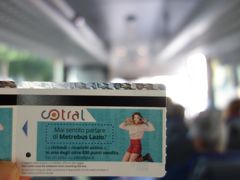
Civitavecchia から Tarquinia まで路線バスを乗り継いで。初めての土地で。。。
2019/10/30~
チビタベッキア
-
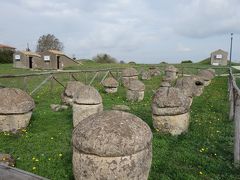
Tarquinia。エトルリア文明の遺跡を求めて。
2019/10/30~
ラツィオ州
-
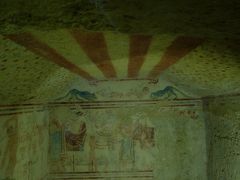
Tarquinia のエトルリア文明の遺跡。高松塚を思い出す墳墓内の壁画。
2019/10/30~
ラツィオ州
-

Tarquinia のエトルリア文明の遺跡。(2) 壁画がすばらしい。紀元前にこの文明。
2019/10/30~
ラツィオ州
-

Tarquinia は城壁に囲まれた丘の上の都市。塔もおおい。
2019/10/30~
ローマ
-
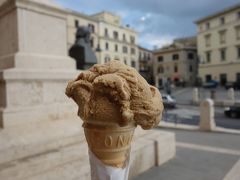
Tarquinia の国立博物館をみる。そして,ジェラートで一服。いい街です。
2019/10/30~
ローマ
-

Tarquinia から Civitavecchia までバスで帰る。帰りは直通です。船の近くで下りました。
2019/10/30~
その他の観光地
-

Norwegian Epic の船内探検(4)。フレンチ・レストラン Le Bistro はおいしかった。
2019/10/31~
シチリア島
-
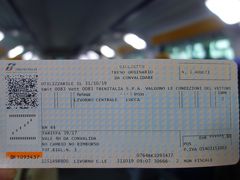
Livorno からLucca まで鉄道の旅。Pisa で乗り換えです。
2019/10/31~
リボルノ
-

Lucca では,まず,ドゥオーモを目指す。
2019/10/31~
ルッカ
-

Luccaでピサ・ルッカ様式の教会を見る。
2019/10/31~
ルッカ
-
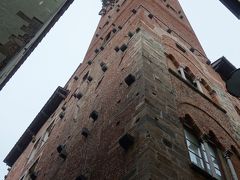
Lucca では、塔に登りたかったのですが、あいにくの雨で、割愛。
2019/10/31~
ルッカ
-
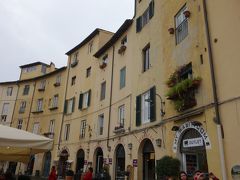
ローマの競技場跡。Piazza Anfiteatro. 広場を取り巻く建物群がおもしろい。
2019/10/31~
ルッカ
-
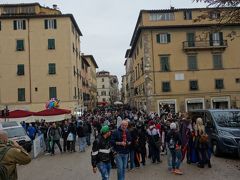
ルッカ。今日はハロウィーン。コスプレの人で、街はあふれかえっていました。
2019/10/31~
ルッカ
-

Lucca から Pisa まで鉄道のたび。こわい検札のおじさんが回ってきました。
2019/10/31~
トスカーナ州
-
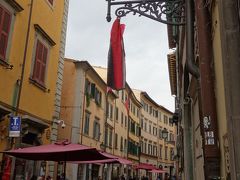
Pisa の街歩きは Corso Italia から始まります。そう,イタリアの中心なのです。
2019/10/31~
ピサ
-
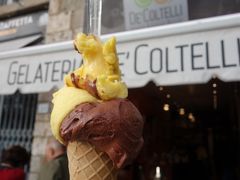
Pisaで途中下車。目的は,もちろん,世界一のジェラートを食べるためです。
2019/10/31~
ピサ
-

Norwegian Epic の船内探検(5)。船内盛り上がりはイマイチ。別れが悲しくなかった。
2019/11/01~
メッシーナ
旅行記グループをもっと見る
コメントを投稿する前に
十分に確認の上、ご投稿ください。 コメントの内容は攻撃的ではなく、相手の気持ちに寄り添ったものになっていますか?
サイト共通ガイドライン(利用上のお願い)報道機関・マスメディアの方へ 画像提供などに関するお問い合わせは、専用のお問い合わせフォームからお願いいたします。
この旅行で行ったスポット
ルッカ(イタリア) の旅行記
旅の計画・記録
マイルに交換できるフォートラベルポイントが貯まる
フォートラベルポイントって?

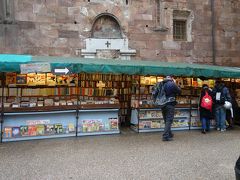
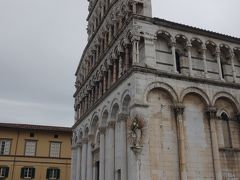



























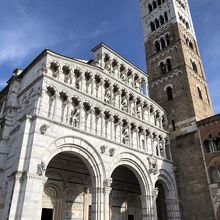


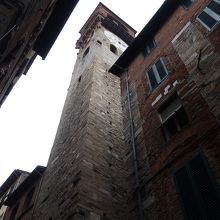



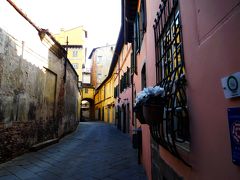
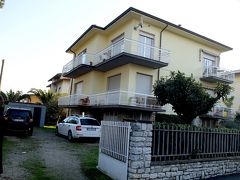
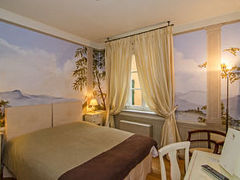



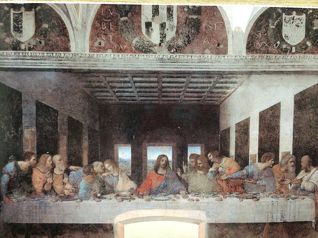


旅行記グループ ノルウェージャン・エピック西地中海クルーズ
0
25